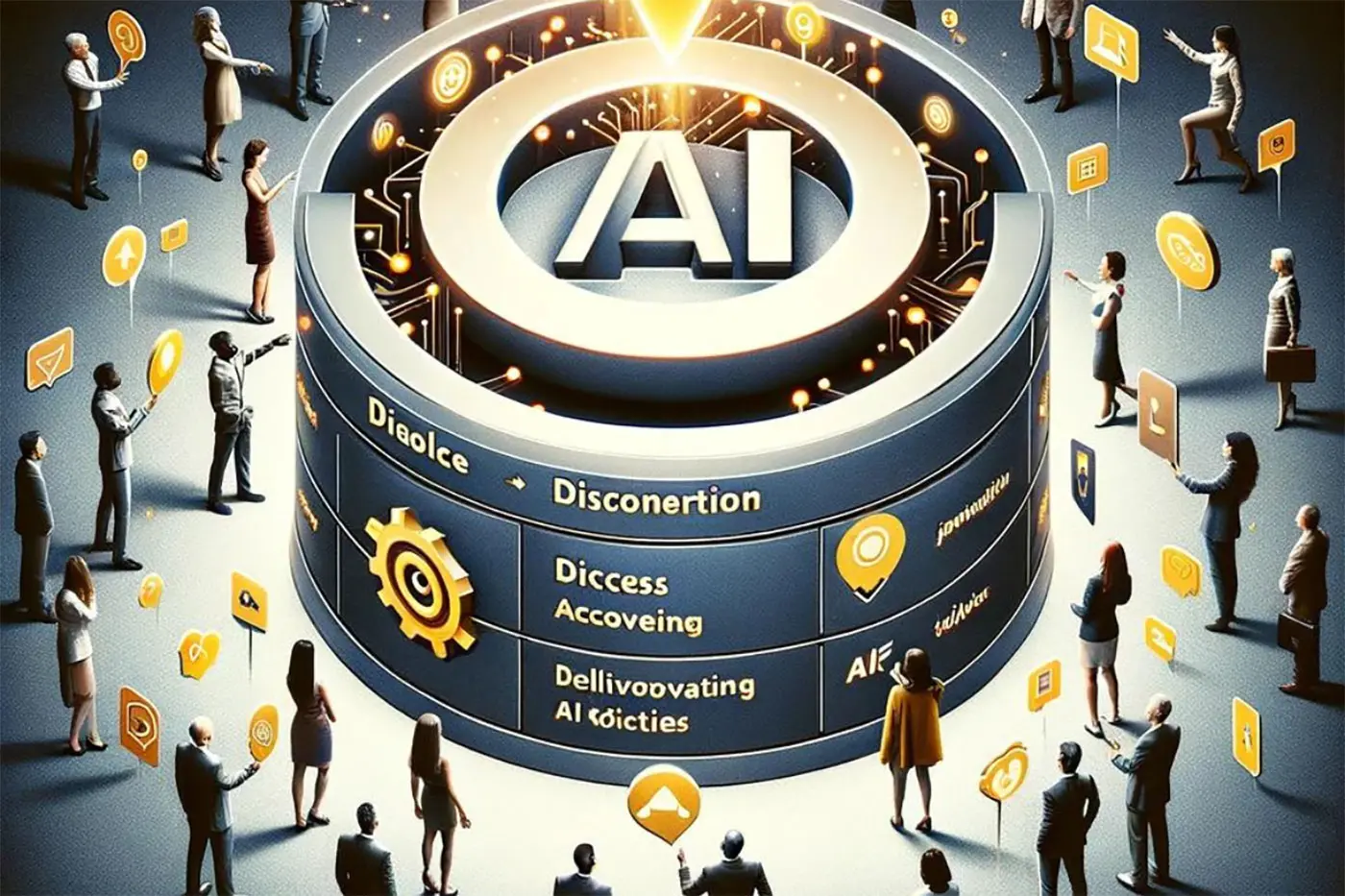In the rapidly evolving landscape of technology, artificial intelligence (AI) has emerged as a powerful tool with the potential to redefine creative processes across various domains. As we delve into the realm of visual arts, AI’s role in shaping our creative future becomes increasingly significant. This intersection of technology and creativity is not merely about automation; it is about reimagining how we conceive and create visual content.
The integration of AI into artistic endeavors challenges traditional notions of creativity. Artists have long been viewed as solitary visionaries, drawing inspiration from their surroundings and experiences to produce unique works. However, AI introduces a collaborative dynamic that allows artists to explore new dimensions and push the boundaries of their imagination. By analyzing vast datasets, Image generation AI can generate novel ideas or provide insights that might not be readily apparent to human creators.
One profound impact of AI on visual art is its ability to democratize creativity. With tools powered by machine learning algorithms, individuals without formal training can now engage in artistic expression. Platforms equipped with intuitive interfaces allow users to experiment with colors, shapes, and compositions effortlessly. This accessibility fosters inclusivity within the art community and encourages diverse voices to contribute their perspectives.
Moreover, AI enhances efficiency in the creative process by automating repetitive tasks such as image editing or rendering complex scenes in digital environments. This newfound efficiency frees up time for artists to focus on refining concepts and exploring innovative techniques rather than getting bogged down by technicalities. The result is a more streamlined workflow that empowers artists to bring their visions to life more swiftly.
However, this technological evolution raises questions about authorship and originality in art created with AI assistance. While machines can mimic styles or generate artworks reminiscent of renowned artists like Van Gogh or Picasso, they lack personal experiences and emotions inherent in human creations. Thus, it becomes crucial for society at large—and particularly those involved in curating cultural heritage—to discern between works produced solely through algorithmic means versus those born out genuine emotional expression from an artist’s soul.
As we stand on this precipice where machine meets muse—a harmonious blend emerges—one where humans harness intelligent systems’ capabilities while retaining authenticity within each brushstroke captured digitally onto canvas screens worldwide today! It beckons us all towards embracing what lies ahead: A vibrant tapestry woven together collaboratively underpinned by innovation yet grounded firmly upon timeless values underpinning humanity itself – curiosity exploration passion unyielding desire transcend limitations imposed upon our imaginations until now!
Ultimately though still early days navigating these uncharted waters full possibilities await those willing embark journey alongside machines unlocking doors previously thought forever closed transforming tomorrow’s landscapes beyond recognition today!





